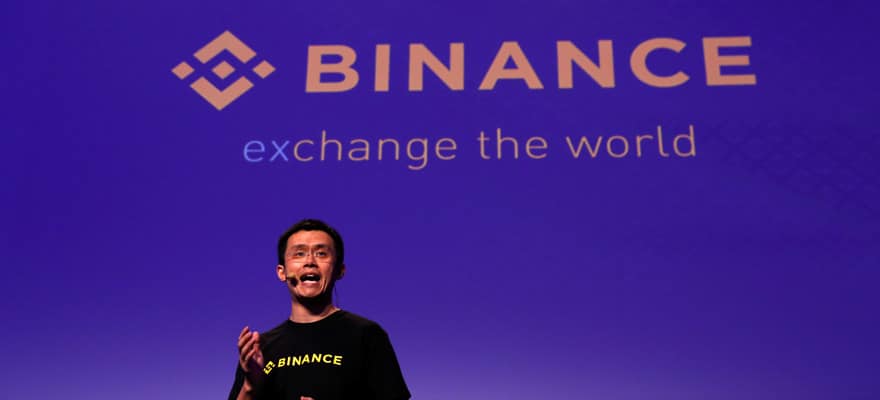Malta-based cryptocurrency exchange Binance - one of the largest in the world in terms of volume - has been named in the Blockchain Transparency Insitute’s April 2019 Market Surveillance Report as one of the exchanges on which wash trading has occurred.
Our latest report and new data site providing the space with wash traded volume removed in REAL TIME is out! Today we also launch BTI Verified which is a self-regulatory intiative designed to take-action on cleaning the space of wash trading. Full report: https://t.co/08ibykGQNd pic.twitter.com/T3RhDKrl8G
— Blockchain Transparency Institute (@BTI___) April 11, 2019
The Blockchain Transparency Institute, which describes itself as “a group of blockchain data researchers and enthusiasts looking to bring more transparency and trust to the crypto sphere,” discovered with algorithms that it uses to single out individual accounts that engage in wash trading.
Kraken Was Named as the “Cleanest” Exchange
In the same report, Gate.io, Bitso, Upbit, Bittrex, Poloniex, Liquid, Coinbase, Lykke, and Kraken were listed as exchanges that have trading volumes 90 percent free of wash trading. US-based crypto exchange Kraken was identified as the “cleanest” exchange with a “real” volume that was more than 99 percent accurate in accordance with its reported volume.
According to the report, Bitfinex nearly made the list--a piece of news that would have shone a ray of positive light onto the exchange, which has been embroiled in a serious bout of bad press in relation to an $850 million loss.
Despite the Blockchain Transparency Institute’s findings, however, Binance was recently named in a report by Bitwise Asset Management as one of only ten exchanges that has “actual” Bitcoin trading volume.
5/ Only 10 exchanges have >$1M real daily bitcoin trade volume. @binance, @bitfinex, @krakenfx, @Bitstamp, @coinbase, @bitFlyerUSA, @Gemini, @itBit, @BittrexExchange, @Poloniex / @circlepay
You can see the daily BTC trade volume on these exchanges at: https://t.co/MQ4CD3K9hz pic.twitter.com/yLFiL8kQNn — Bitwise (@BitwiseInvest) March 22, 2019
Wash trading, which describes the act of simultaneously buying and selling an asset in order to falsely drive up trading volume, remains a major problem in the cryptocurrency industry.
The Blockchain Transparency Institute’s report claimed that “17 of the CMC Top 25 exchanges to be over 99%+ fake with many greater than 99.5% fake volumes, including 35 of the top 50 adjusted volume rankings… Over 60% of all exchanges ranked on popular data sites have little to no volume and were found to be over 96% fake each.”
The findings were even more serious than the report that Bitwise delivered to the SEC, which claimed that 95 percent of Bitcoin trading volume is fake.
As a result of the findings, CoinMarketCap has announced that it will be revamping the metrics it uses to measure and report trading volume.
Wash Trading Affects Everyone in the Ecosystem
Alon Karniel, COO of algorithmic crypto trading company Algoz, explained in an interview to Finance Magnates last month that some exchanges employ wash trading methods in order to make themselves more attractive to new projects who may be willing to pay higher listing fees.
Cryptocurrencies themselves or malicious traders who are seeking to pump up the value of an asset may also employ wash trading in order to cause unwitting investors to buy them up, driving up the price for a pump-and-dump scheme.
Either way, fake volume is damaging for investors and projects alike. “If I’m an investor looking to invest in a crypto project…one of the most important things is that if I want to invest $1 million, I want to make sure that I can sell $1 million in the exchanges,” Karniel explained. If volume is fake, however, investors could find themselves in seriously hot water.






















